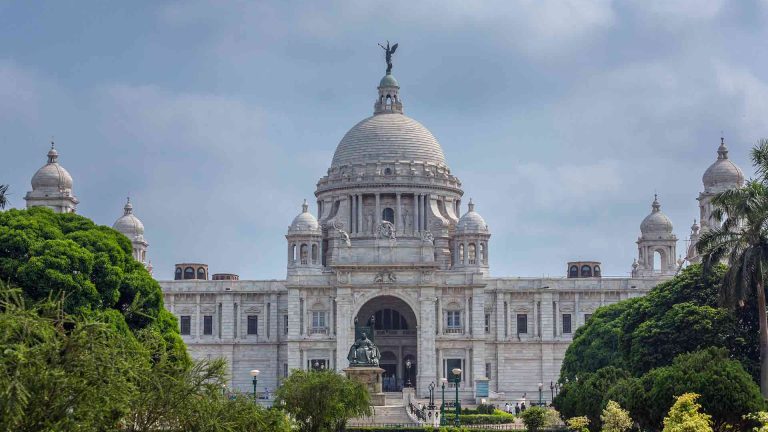Bhutan is a one-off experience especially for the first timers. As you arrive in Paro you start breathing the cleanest air possible, in the happiest land of all. Bhutan is all about trekking, biking, and appreciating the environs. With a deluge of trails all across this pristine Himalayan country, time stands still as you let it all sink in. Specialty hotels and lodges are a value-add to your journey through The Land of the Thunder Dragon.
Lush valleys, dense forests, and steep cliffs adorn Paro. On such a cliff is Tiger’s Nest, the Paro Taktsang Monastery. This five-hour remarkable trek takes you en route to the 7th century Kyichu Lhakhang, one of the 108 temples built in the Himalayas by the Tibetan King, Songtsen Gampa. This temple marks the advent of Buddhism in Bhutan.Though largely Buddhist, Bhutan is essentially multi-religion with its high tolerance. Hinduism, Christianity, and other beliefs have all co-existed here. Bhutan is scattered with chortens, dzongs, temples, monasteries, fortresses and palaces.
The happiest place on Earth has lots to offer in terms of its biodiversity. From lush green valleys, to the white glacial Phobjikha valley, to the flower meadows of Gangtey, the landscape is simply mesmerizing. Phobjikha valley at 2900 mts is a unique habitat to the rare Black Necked Tibetan Crane among other species. The Red Panda, the Himalayan Musk Deer are unique to this country.
Thimphu, the capital city and centre of government, religion and commerce maintains a strong national character in itsarchitectural style. The massive 700 years old Tashicho Dzong was revamped in the sixties by the late King Jigme Dorji Wangchuk, regarded as the Father of Modern Bhutan. The National Memorial Chorten, Thimphu’s landmark, was built in his memory. Just about 15 minutes from the city center, you’ll find the world’s largest sitting Buddha at Kuensel Phodrang, overlooking Thimphu.
As one travels to Punakha, the old winter capital, and home to Drukpa Kunley, a Buddhist monk and poet, who also goes by the name ‘The Divine Madman’, ‘The Saint of 5,000 Women’ for his bizarre teaching methods and imagery.
On the way you stop at Dochu La Pass, to catch a view of the eastern Himalayas, including Bhutan’s highest mountain, Gangkar Punsum, 24,770ft/7,550m.
Trips to museums and villages let you pour over ancient Buddhist manuscripts, Tankha paintings, handicrafts, potteries, weapons among other artifacts. One ends up with a 360 deg perspective of this ancient culture.

